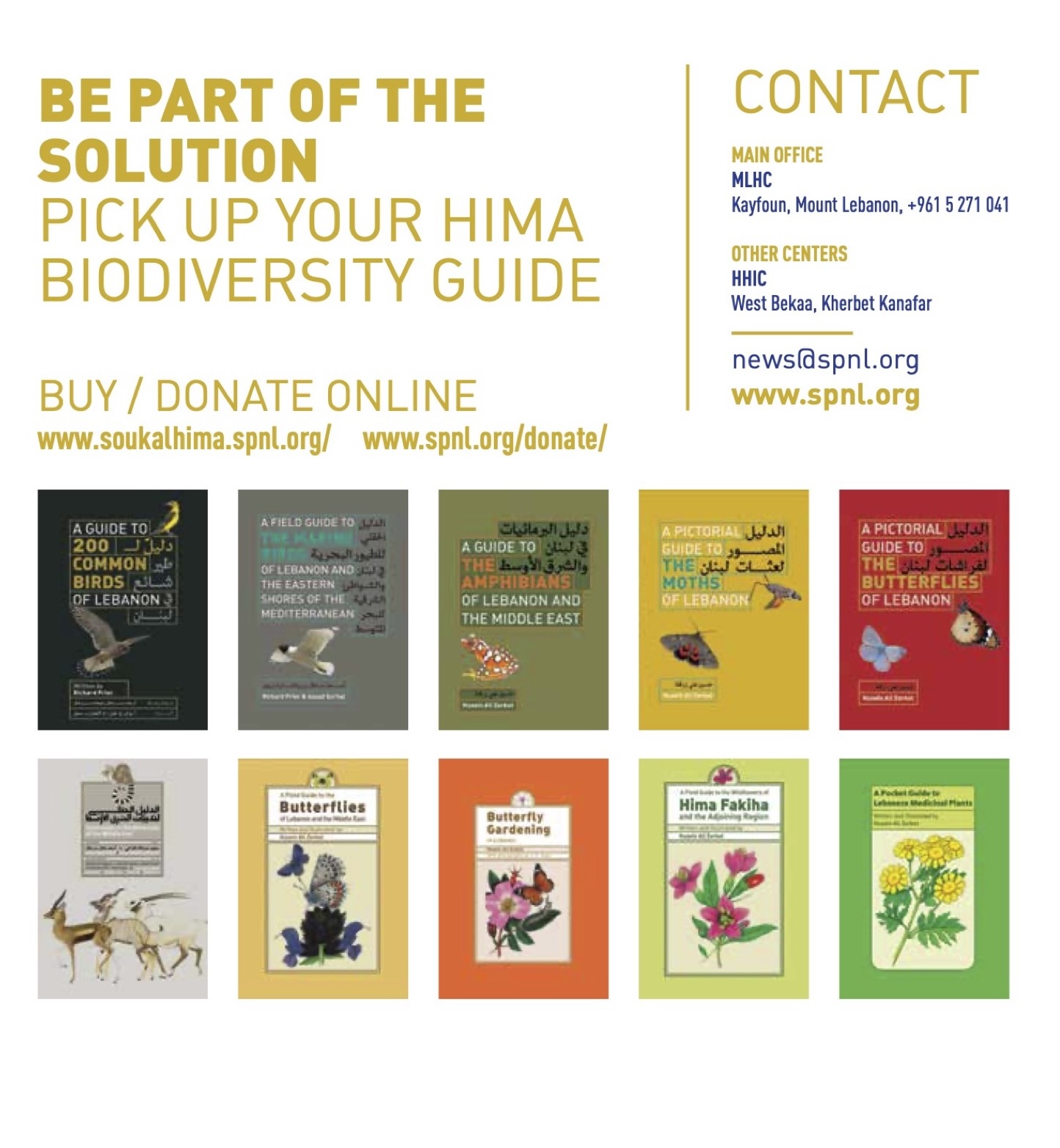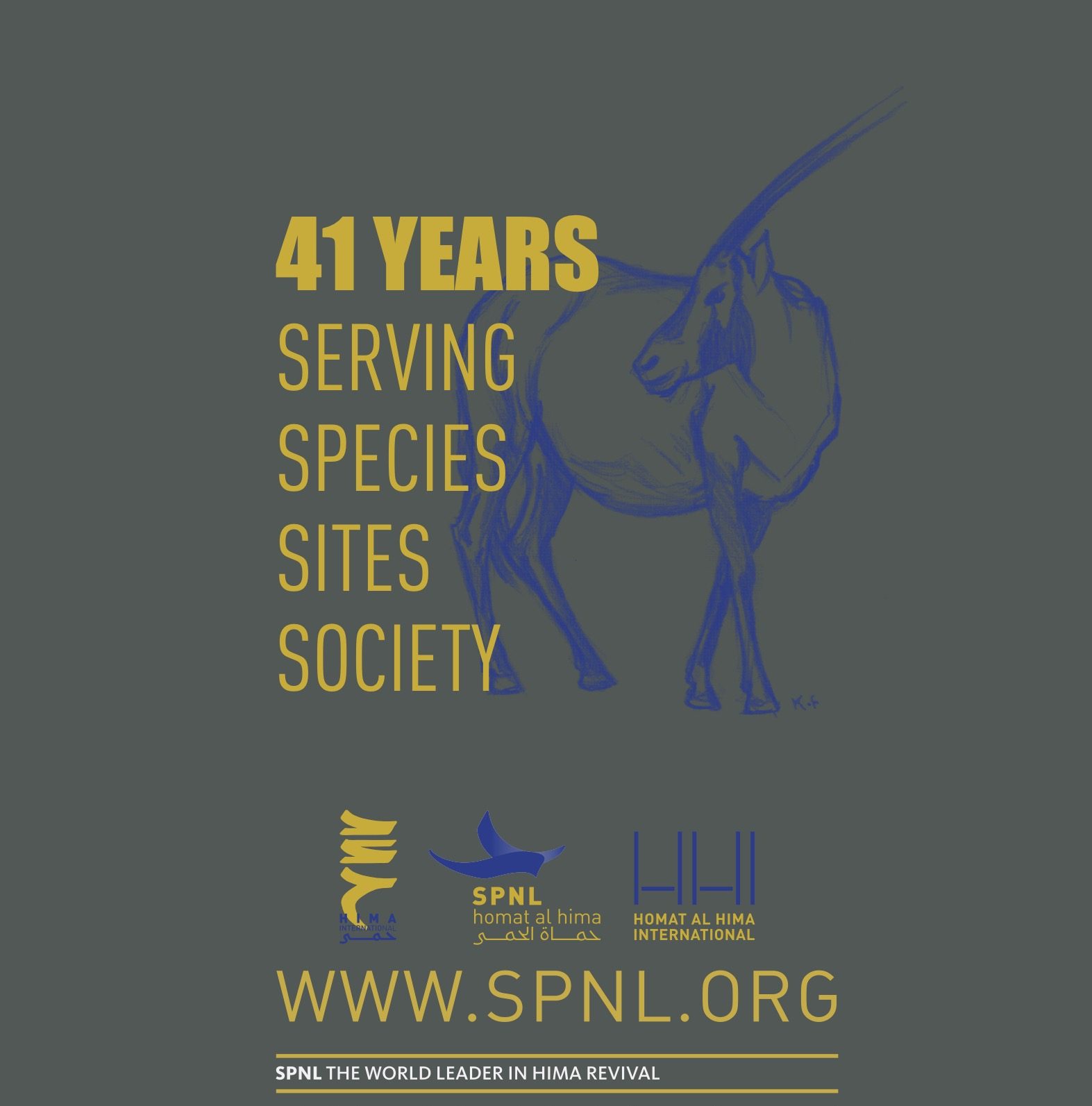Between 23 July and 23 August 2025, Chadi Saad, manager of SPNL’s Hima Hammana Raptor Observatory, demonstrated unwavering dedication to bird monitoring across Lebanon, under the Bioconnect project funded by the EU, enriching both scientific knowledge and community engagement. His daily presence in the field, from wetlands to mountain Himas, stands as a powerful reminder of how committed individuals can bridge the gap between conservation science and the communities it serves.
A Month of Bird Monitoring
Throughout this period, Chadi conducted daily visits to priority birdwatching sites, with a focus on Hima Hammana and nearby habitats. He submitted 32 detailed reports on eBird, strengthening Lebanon’s contribution to one of the world’s most important biodiversity databases.
His journeys spanned a remarkable range of landscapes: Mansoura, Ammiq, Deir el Harf, Ras el Maten, Btekhnay, Khalwat el Chkif, St. Ephraim Chbaniyeh, Hammana, Qaraoun Lake, Litani River, Anjar, Hlaliyeh, Rwayset el Ballout, Barouk Mountain, and Taanayel.
The results were striking. Among the species monitored:
-
Red-backed Shrike (Lanius collurio) – a regular summer visitor, observed until its gradual migration departure.
-
Woodchat Shrike (Lanius senator) – reaching notable frequency peaks in July.
-
Common Reed Warbler (Acrocephalus scirpaceus) – abundant in Ammiq wetlands during August.
-
European Goldfinch (Carduelis carduelis) – consistent sightings across diverse sites.
-
Corn Bunting (Emberiza calandra) – particularly strong presence in Ammiq and Hammana.
Equally impressive was the addition of five new species to this season’s records:
-
Falco tinnunculus (Eurasian Kestrel) – Ammiq, 24 August
-
Lanius nubicus (Masked Shrike) – Ammiq, 24 August
-
Oenanthe isabellina (Isabelline Wheatear) – Ammiq, 24 August
-
Tringa ochropus (Green Sandpiper) – Chabraqiyet Ammiq, 18 August
-
Buteo rufinus (Long-legged Buzzard) – Chabraqiyet Ammiq, 18 August
Building Community Connections
Chadi’s work extends beyond observation. On 6 August, he met with the mayors of Abadiyeh, Hlaliyeh, and Rouaisset El Ballout, strengthening cooperation with local authorities on Hima development and biodiversity protection.
His presence in the field also attracted community members, photographers, and bird enthusiasts. Their visits are proof that birdwatching sites are not only hubs for science, but also living spaces for community interaction, education, and connection to nature.
Technical Contributions
Through his persistence, Chadi has:
-
Contributed 32 eBird reports in one month.
-
Ensured daily monitoring of Hima Hammana, reinforcing its role as a model site for community-based conservation.
-
Recorded new species and tracked seasonal trends with scientific precision.
-
Kept biodiversity monitoring consistent across wetlands, rivers, mountains, and forests.
Looking Forward
As we step into September, Chadi’s next target is to submit 25 additional eBird reports, coinciding with the autumn migration season—a time when Lebanon becomes a critical corridor for countless species. His work will not only enrich our datasets but also strengthen SPNL’s role as a guardian of Lebanon’s skies through the revival of the Hima tradition.






